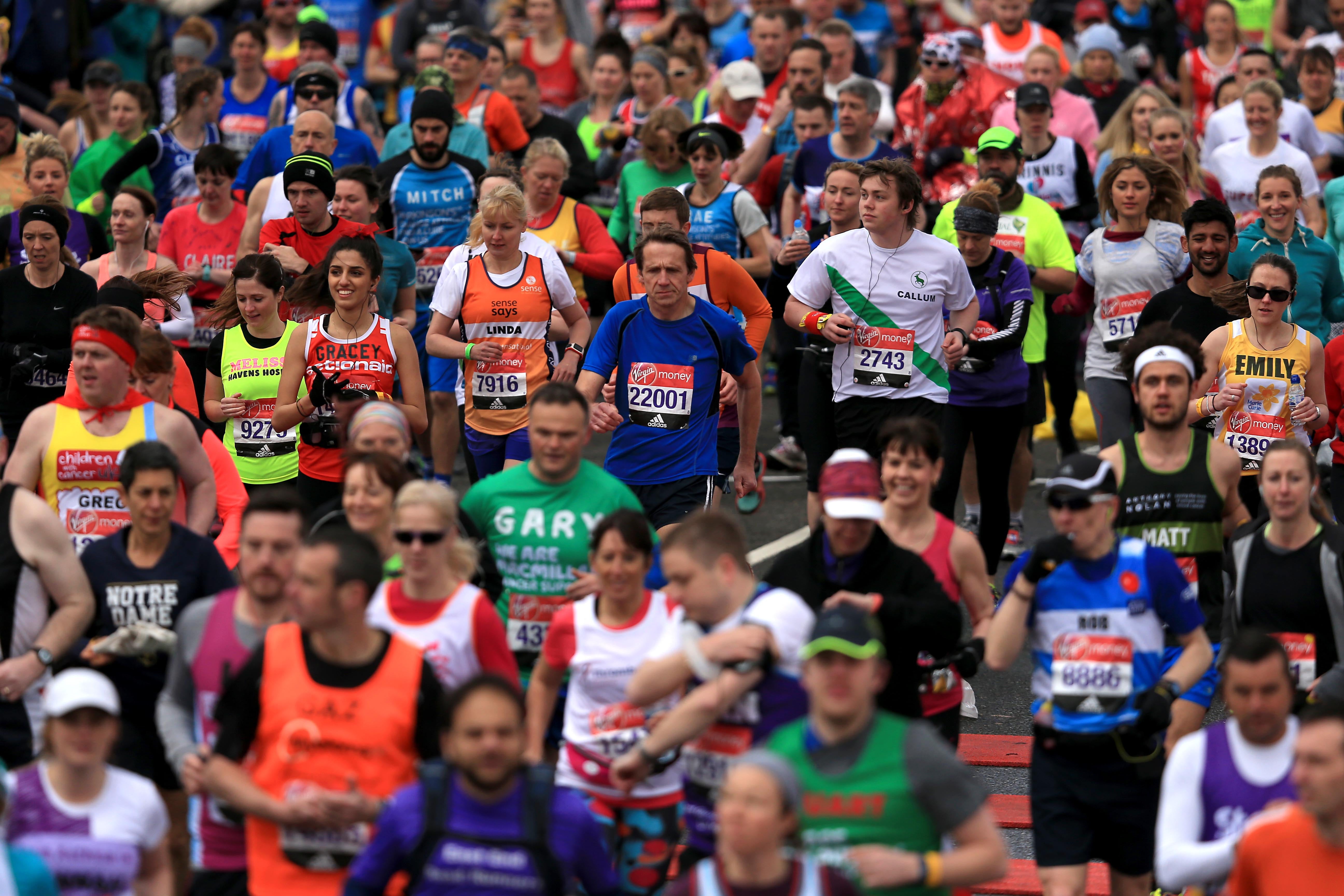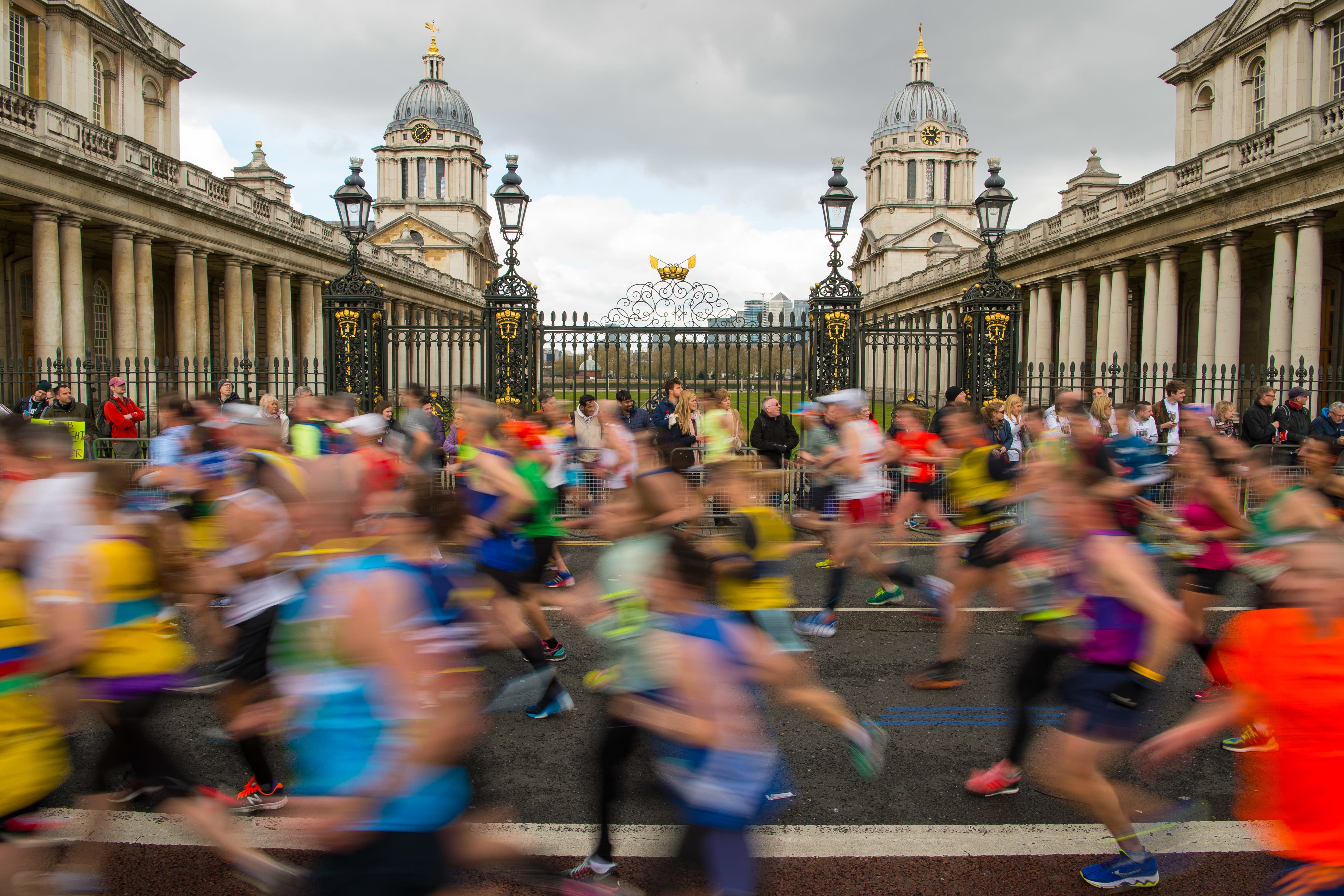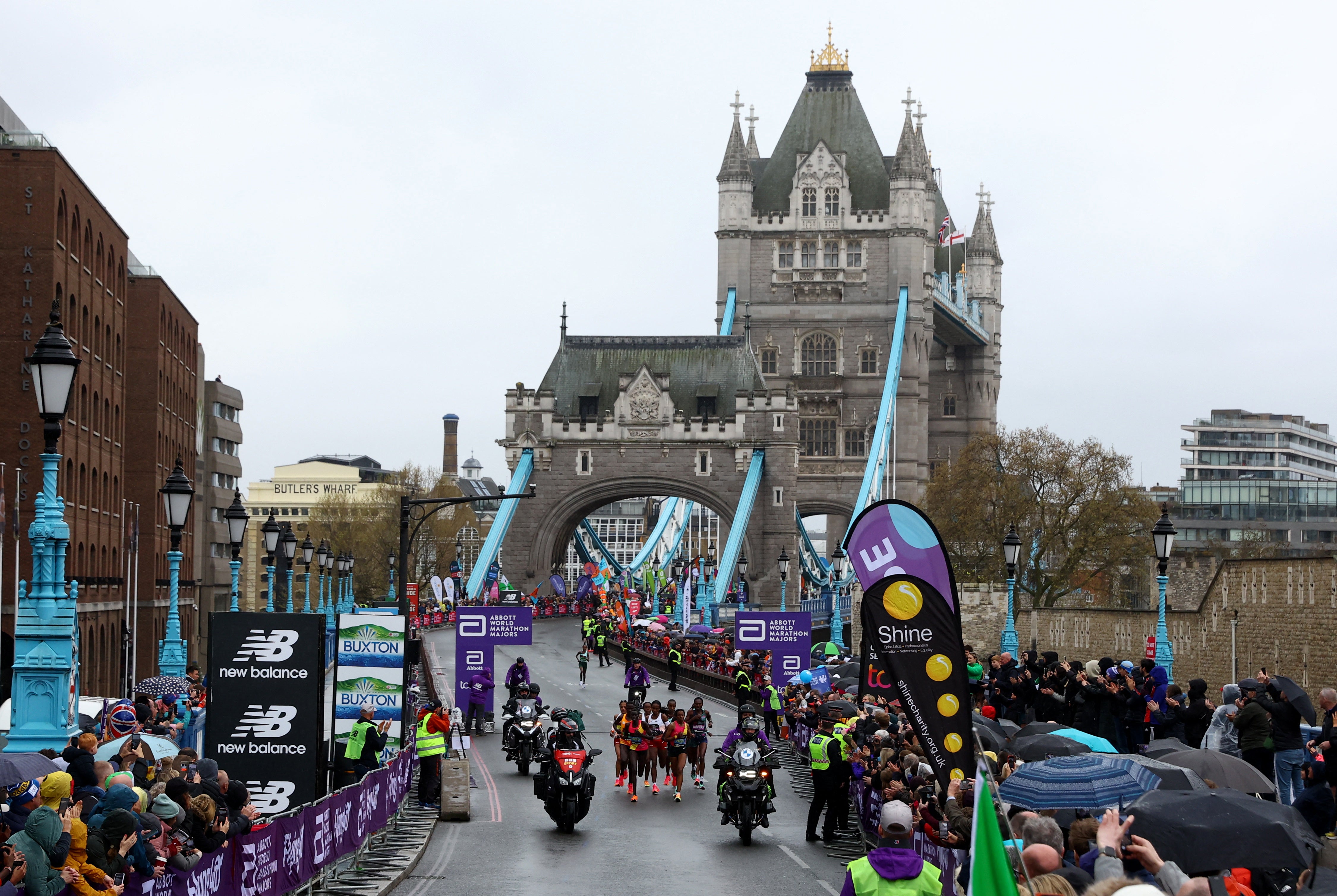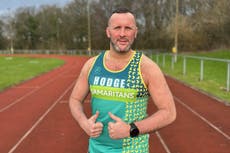London Marathon 2024: With one month left... how is training going and what’s next?
The Independent speaks to three of their own about training methods and where the focus lies ahead of 21 April


It’s just one month to go until the 2024 TCS London Marathon through the streets of the capital!
More than 50,000 people are set to take part on 21 April on a course which takes you past the city’s most famous landmarks, such as Tower Bridge, Cutty Sark and Buckingham Palace.
For those running, training has long been underway but now it is crunch time as they finish off their final long runs well in advance of marathon day.
Yet how are The Independent’s very own set of sports reporters coping with the pressure of training as the countdown clock ticks down?
How has your training gone – what’s worked and what hasn’t?
Jack Rathborn (sports editor): Training has gone well, the key for me has been trying to get out of the door six days per week. If I do that then the mileage/time on feet usually takes care of itself and I’ve managed to get close to 50 miles per week in pursuit of breaking the three-hour mark.
That and prioritising the long run if life gets in the way and I lose one or two runs, I feel like I’m making progress if I can get 90+ minutes once per week to build that strength.
Not much has gone wrong, yet, thankfully.
Kieran Jackson (sports reporter): Peaks and troughs. Training for my first marathon, the back end of last year and the start of January went well. Whisper it quietly, I was actually enjoying the gradual progression in my tempo runs on the Thames Path, while maintaining a steady pace.
Yet some severe pain in my foot – self-diagnosis: plantar fasciitis – curtailed that momentum for a few weeks. I gave it some rest.
However, the last month has gone well. Laced up with some new running shoes has set me back on track. I’ve done five half-marathons in the last four weeks, including a longest run of 18.5 miles (30km). A shift in mindset, from pushing my pace to the limit to running at a comfortable speed, has been key.
Jamie Braidwood (sports reporter): Training was going well! With about seven weeks to go, I was comfortably hitting my mileage targets and feeling good on my long tempo runs. You may file “going over my ankle hopping down a step in Greenwich Park” as a thing which has “not gone well”.
Unfortunately I’ve had to take three weeks off and reset my goals for the marathon.

What will you be focusing on with one month to go?
JR: Mostly marathon-paced efforts during longer runs on tired legs and extending those efforts from one mile up to four miles, culminating in a key session of four sets of four miles with one mile recovery.
Also: hydration and fuelling. I’m looking to now practice during every long run, sessions and final practice races (half-marathon, 16 miles and 20 miles). After suffering from hamstring cramps in my last two marathons, I’ve taken a sweat test with Precision Fuel & Hydration to see how much sodium I lose per litre of sweat (1146mg).
I now have a better idea of how to replace that (with electrolyte capsules) and how many gels (normal and caffeine) I need on race day.
KJ: The main priority are the long runs, with three left on my training plan and my furthest taking me just shy of 22 miles (35km). With some steady runs and football training around that, hopefully I’ll be in a decent place.
Aside from the running, I still need to get accustomed to the energy gels I only added to my routine a few weeks back, i.e. when to use them and how many do I need?
JB: Getting back to running again and staying injury free before the race. I’ve come to terms with the injury and my goal now is simply to enjoy the day as much as I can.
If anything, it feels nice to have the pressure off.

What makes training that little bit more enjoyable?
JR: As mentioned the Precision Fuel & Hydration range has helped maintain performance and enhance recovery, notably the electrolyte tablets straight after a hard run.
While carbon-plated shoes help a lot in sessions and races, I like to get a good cushioned pair of shoes for easy miles, such as the Asics Gel Nimbus 26, to make the miles go quickly.
KJ: Two things have made a real difference in the last few weeks. My ultra-light running shoes – Saucony Ride 17s – have been a gamechanger from trainers previously three years old. The only regret is not getting hold of them sooner.
Second has been running with friends. A good old chinwag makes the time go quicker and, simply put, makes it all much more bearable.
JB: Early mornings, the feeling of a fresh pair of running shoes, jelly babies, winter turning into spring and spending time outside.
Join our commenting forum
Join thought-provoking conversations, follow other Independent readers and see their replies
Comments


Bookmark popover
Removed from bookmarks